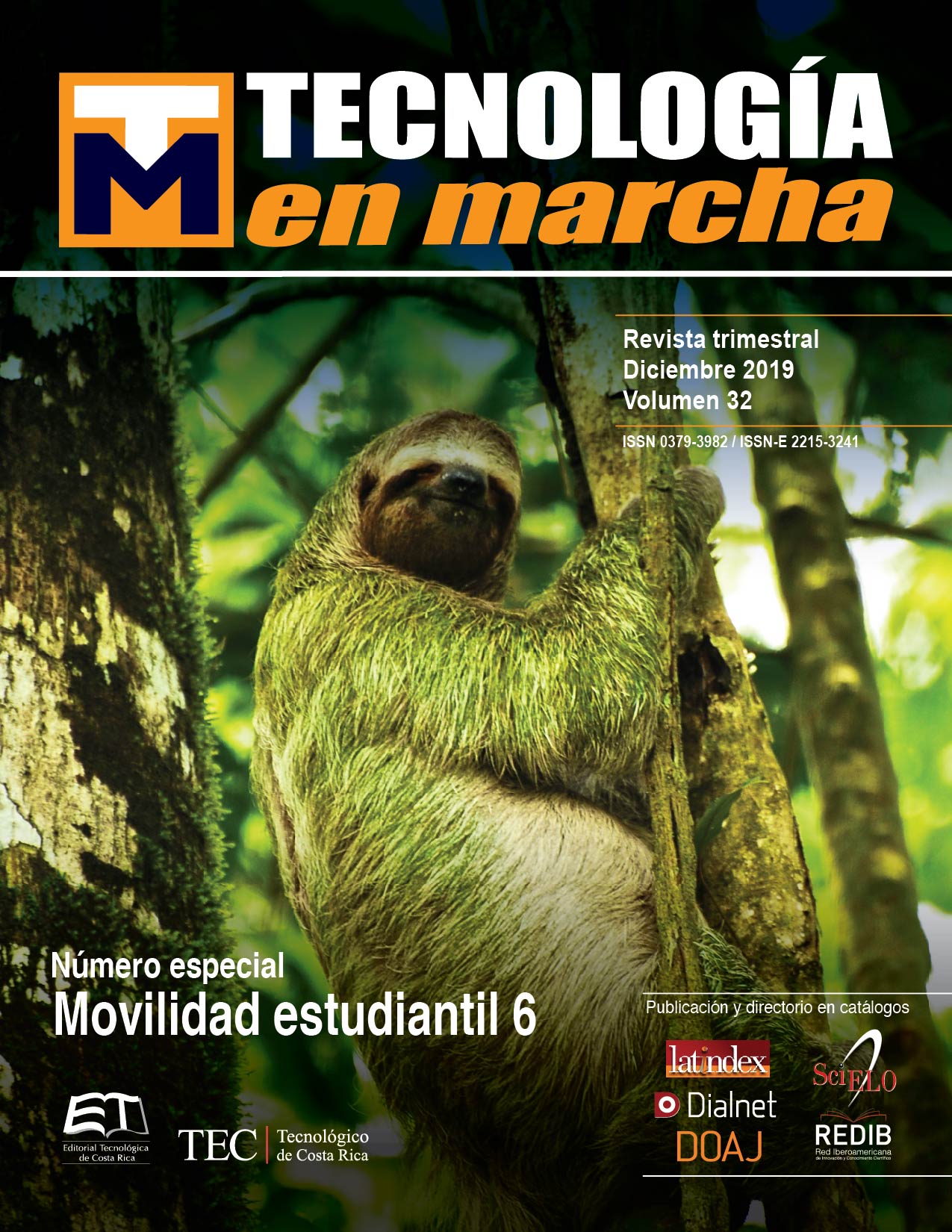Developmental Biology: The Regenerative Capacity of Holothuria glaberrima
Main Article Content
Abstract
Regeneration is a striking process that allows the reconstitution of an affected or lost member or organ. The regeneration in organisms depends on their phylogenetic characteristics, which allow the grouping of certain beings that are known for their great capacity for anatomical reconstitution like the case of the flatworms and echinoderms. Within the group of echinoderms, the sea cucumber Holothuria glaberrima is an uncommon model organism that has the ability to regenerate its internal organs. It is an invertebrate organism with an embryological development similar to vertebrates and like them it is classified as deuterostome. The study of the different mechanisms that are produced from its regenerative capacity allows obtaining valuable information in the field of cellular and molecular biology. Thanks to the pioneering study of this organism by a group of researchers at the Laboratory of Neurobiology of the University of Puerto Rico, valuable information has been obtained concerning cellular processes that allow the regeneration of the internal organs in Holothuria glaberrima. Among the studies carried out in Puerto Rico, the activity of the Wnt signaling pathway during the beginning of the regeneration process has allowed to decipher which type of genes are involved in the activation of cellular mechanisms during regeneration. These studies allow associating cellular processes that can be activated in beings that do not enjoy the same regenerative capacity as Holothuria glaberrima and thus advance the development of medical treatments.
Article Details
Los autores conservan los derechos de autor y ceden a la revista el derecho de la primera publicación y pueda editarlo, reproducirlo, distribuirlo, exhibirlo y comunicarlo en el país y en el extranjero mediante medios impresos y electrónicos. Asimismo, asumen el compromiso sobre cualquier litigio o reclamación relacionada con derechos de propiedad intelectual, exonerando de responsabilidad a la Editorial Tecnológica de Costa Rica. Además, se establece que los autores pueden realizar otros acuerdos contractuales independientes y adicionales para la distribución no exclusiva de la versión del artículo publicado en esta revista (p. ej., incluirlo en un repositorio institucional o publicarlo en un libro) siempre que indiquen claramente que el trabajo se publicó por primera vez en esta revista.

